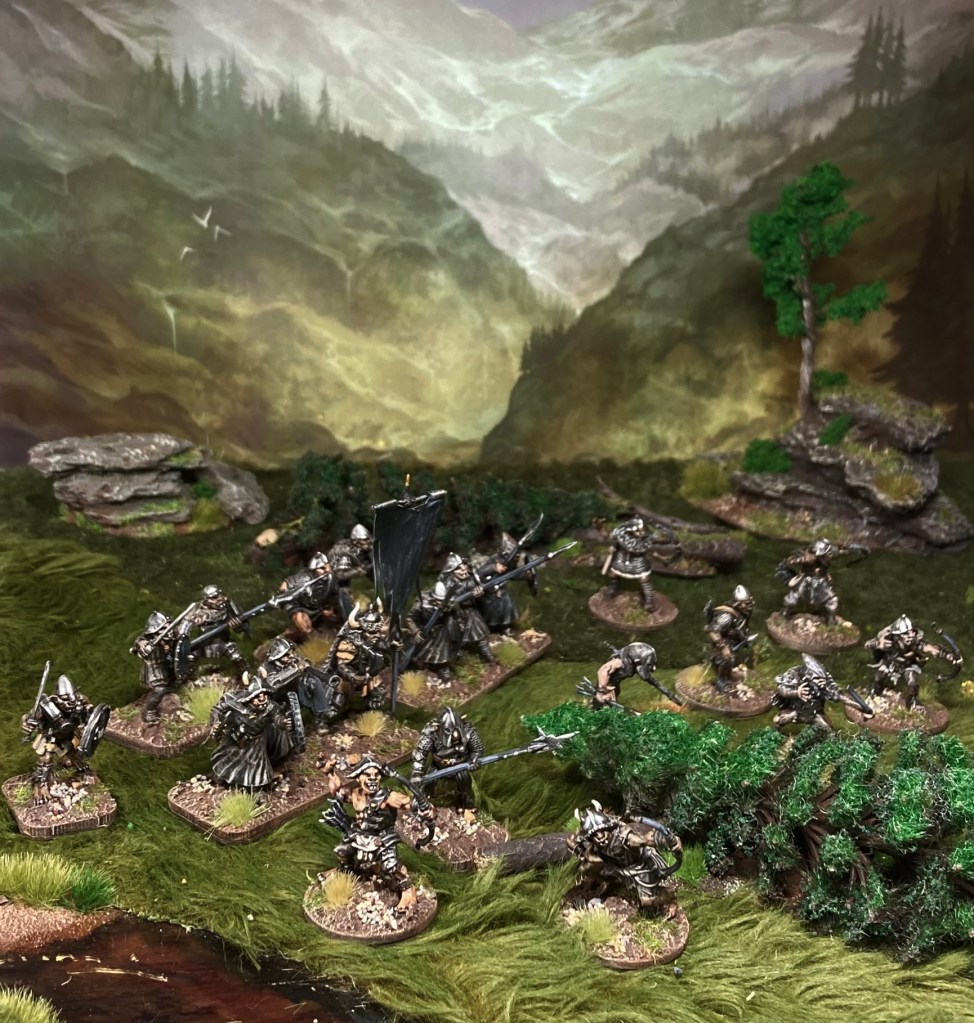
Well, no, not until Wargames Atlantic released their recent Goblins boxed set. I’ve had a great time kitbashing my own vision of a Tolkien Orc force over the last few years, combining the GW LotR Orcs with plenty of Oathmark goblins, Warlord Games Orcs and as many different historical plastic sprues as I can get my hands on.

However, the WA Goblins are a wonderful addition to the genre. Slightly smaller than their Oathmark counterparts, they fit nicely into the ‘classic fantasy’ mould and offer some great options. First up, the sheer range of different heads is an absolute gift for modellers like me.
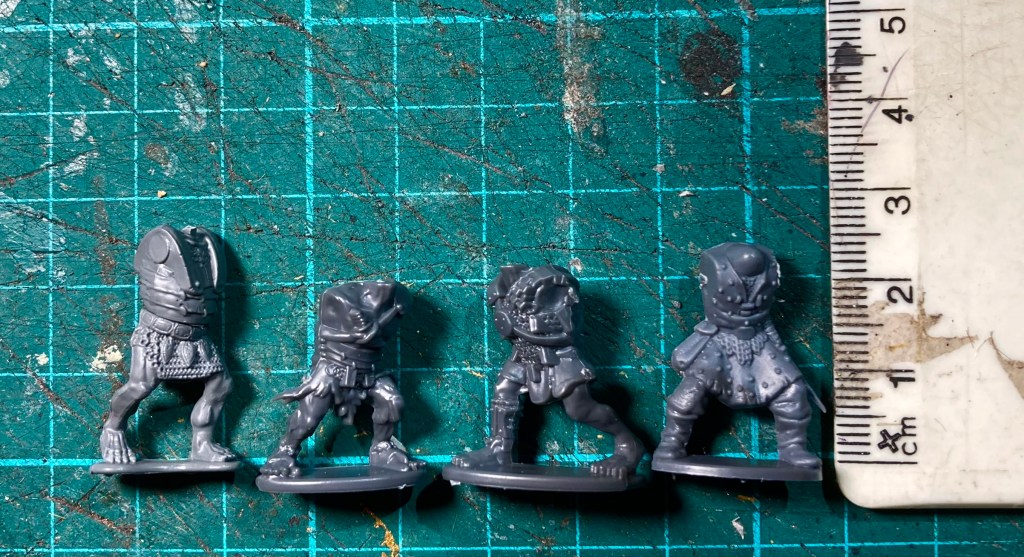
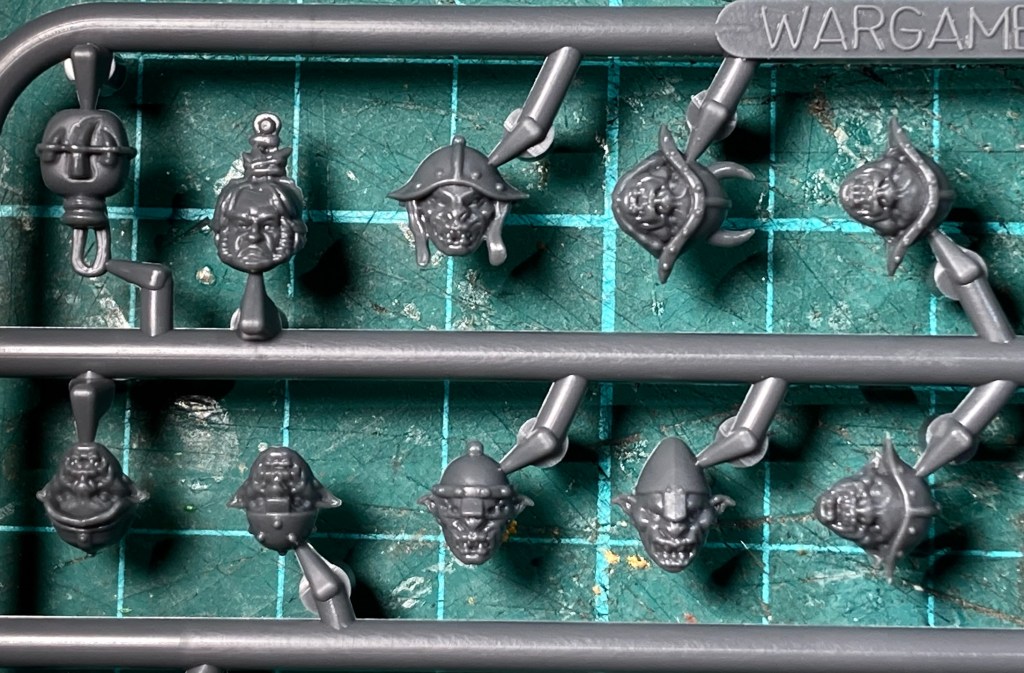
There’s some really sharp detail here – including (pun intended) some great sets of teeth. Quite a few of the helmets are based on the artwork of the late, great Angus McBride for the Middle Earth Roleplaying game (MERP), giving them even more old school kudos.
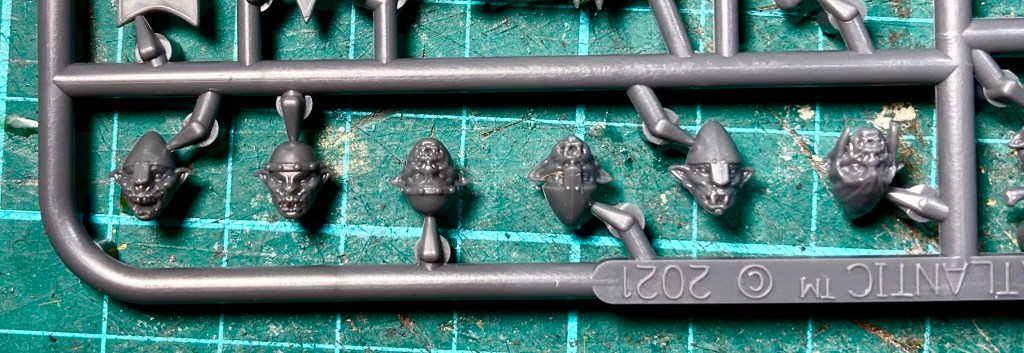
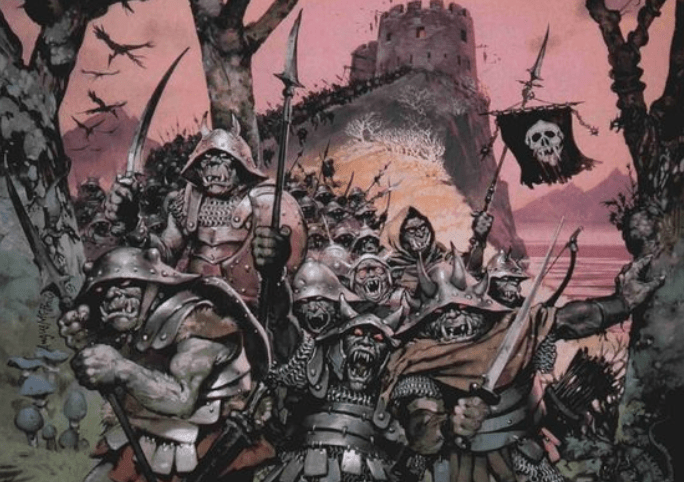
There are a number of weapons provided but, for me, the stand out equipment items are the characterful bows and quivers. All the arms are bare, meaning that you don’t have to worry about matching up pairs with different sleeves. This makes them highly versatile and gives even more options than usual.
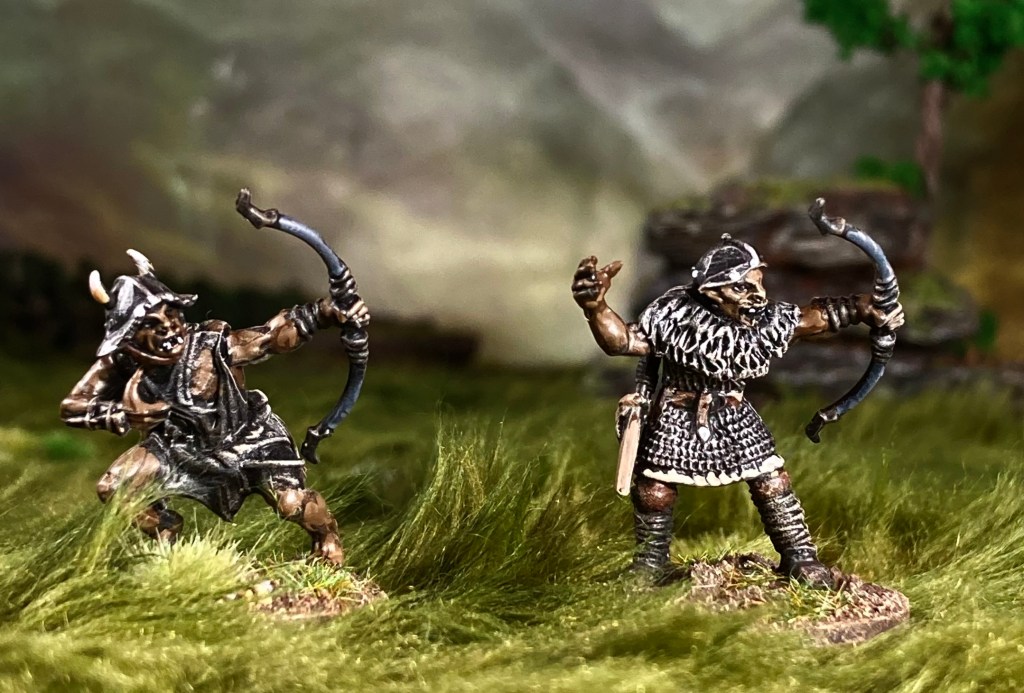
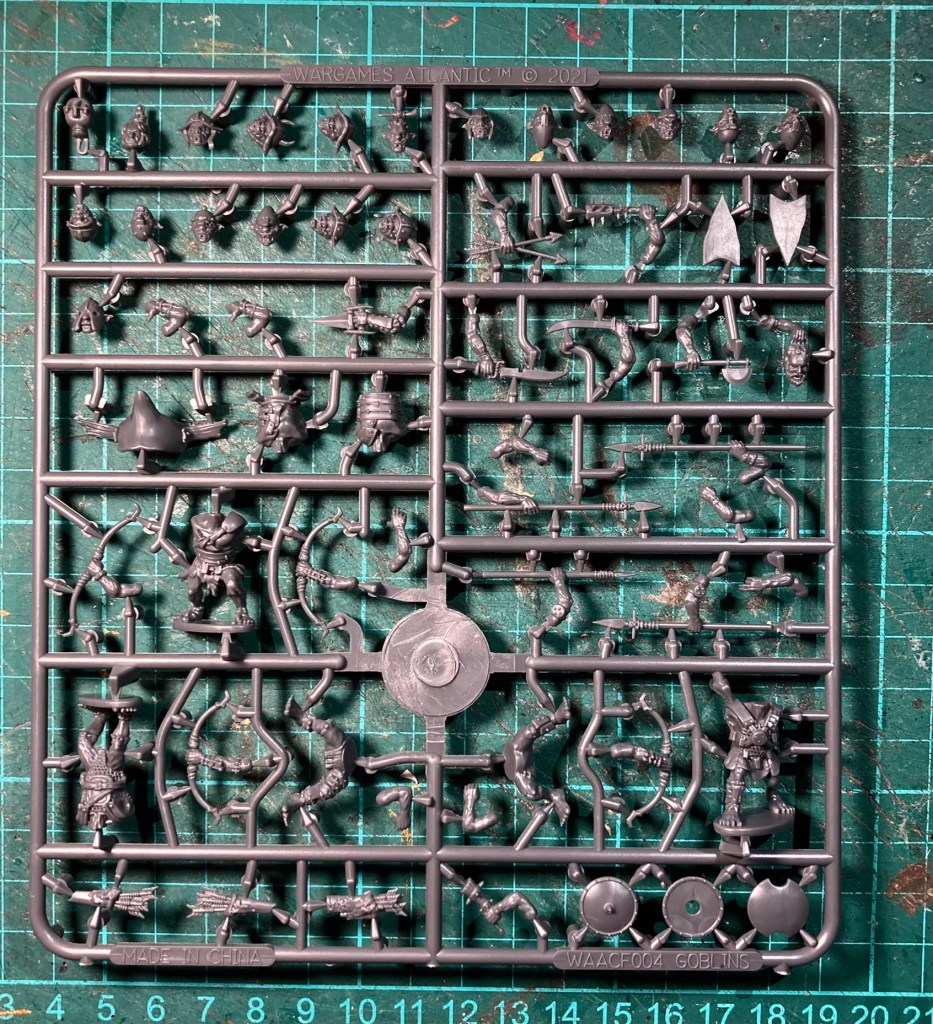
The arms have a curious pseudo ball-and-socket type joint which, for me, doesn’t quite work and can create some slightly unusual poses. Fortunately, it’s very easy to trim the ball joint on the arm to the position of your choice and I was far more happy with the poses once I had sorted this.
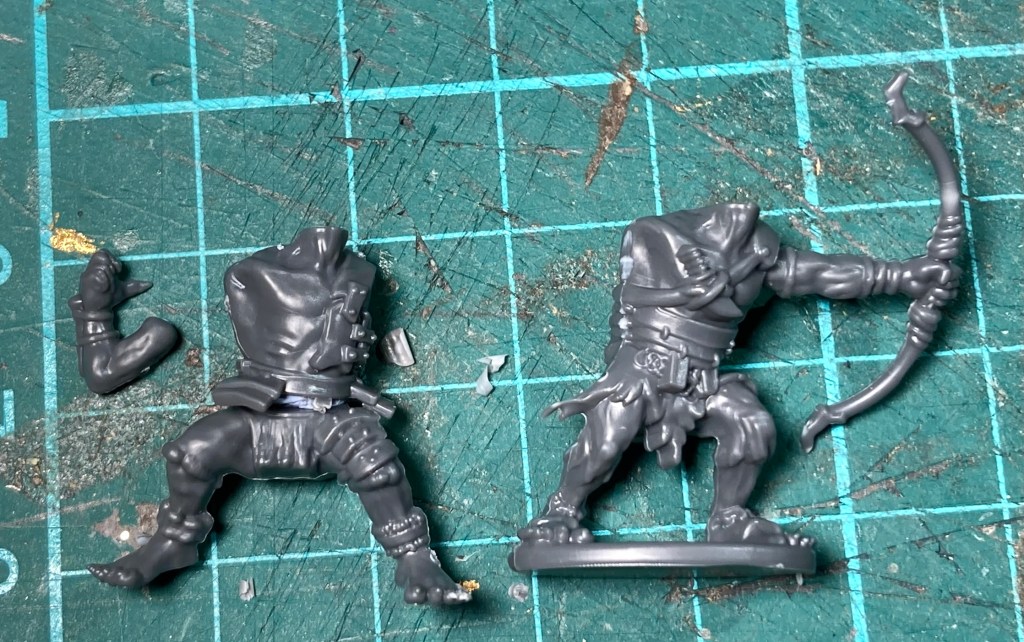
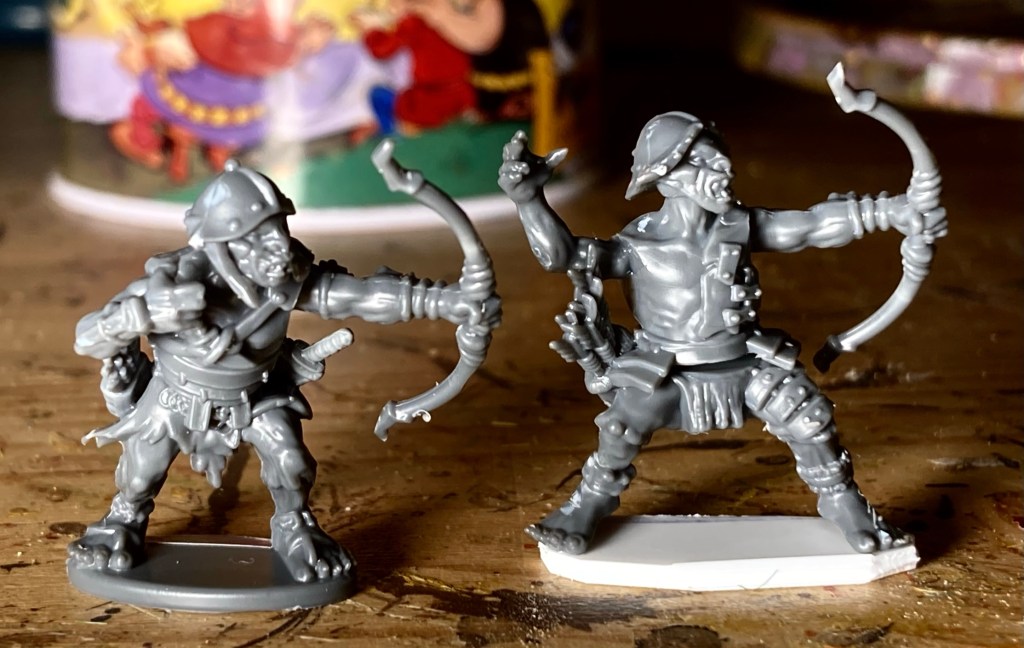
Although I’m not going to use them as cavalry, it’s worth mentioning that the WA kit has some of the legs posed so as to be able to sit astride a mount. A saddle is provided to fit WA’s own giant spiders. This was a rather neat touch. If using the bandy legs as infantry, you just need to make them a base from a scrap of plasticard. As the riding poses are split at the waist, this also gives you more variety if combining them with the Oathmark goblin wolf riders.
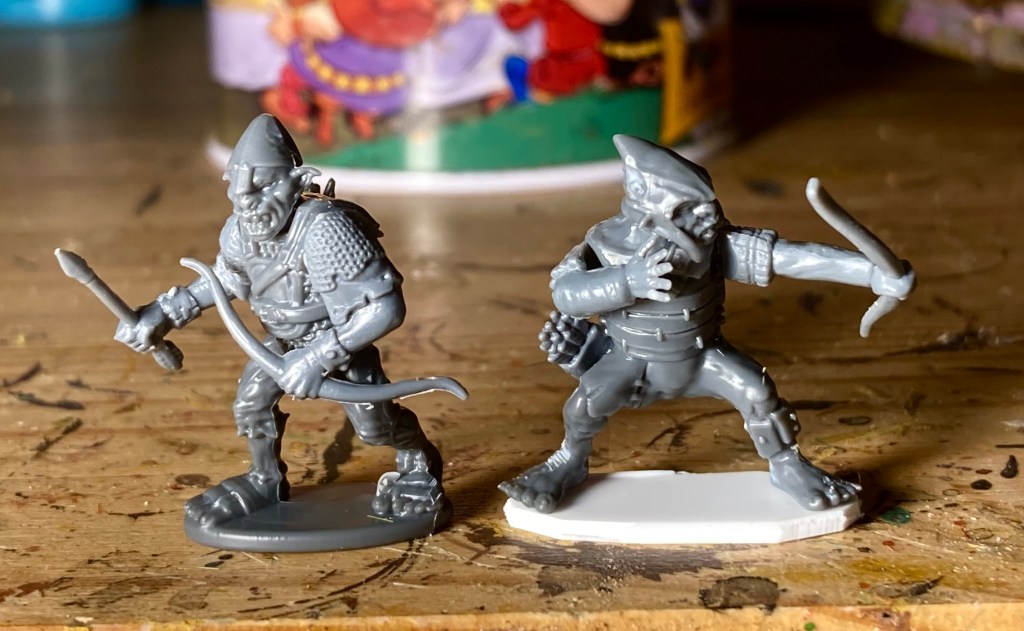
Having put together a few Orcs using the basic WA components, I tried them out mixed with other kits. The Oathmark goblin bodies are marginally bigger but work really nicely with the head and arm variants.
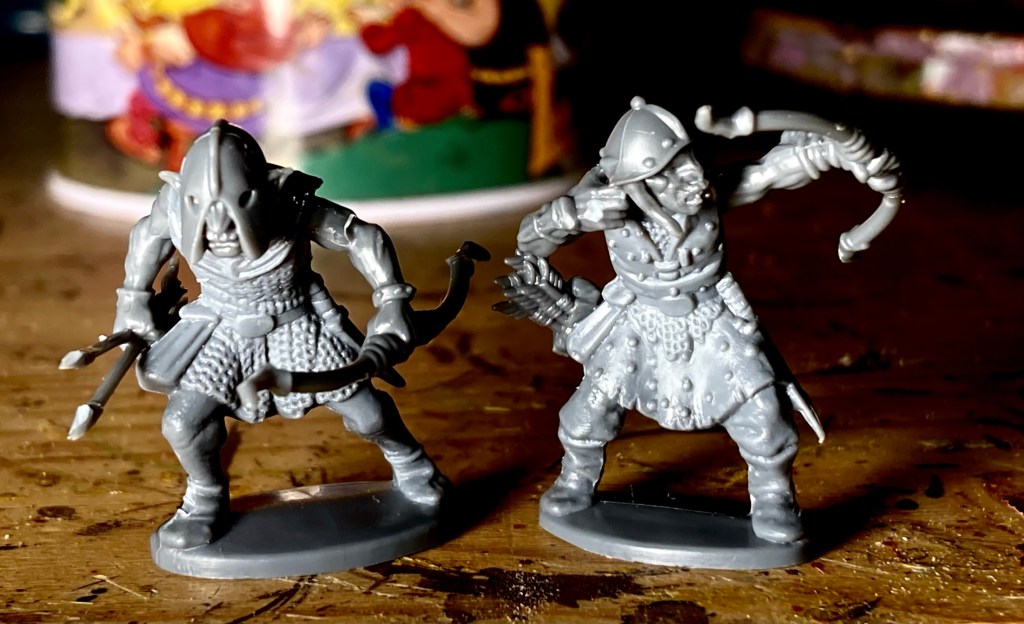
One of my earliest exposures to Tolkien’s work was the 1978 animated Lord of the Rings film. The massed Orcs at Helm’s Deep were depicted by live actors wearing robe-like costumes and filmed using Rotoscope. I liked the tribal image and decided to have a go at making something similar. Fortunately, a sprue of Gripping Beast Arab infantry was sat on my painting table, having been rejected for an El Cid update.
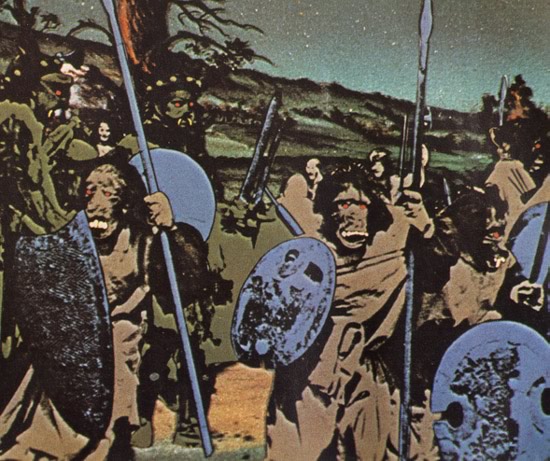
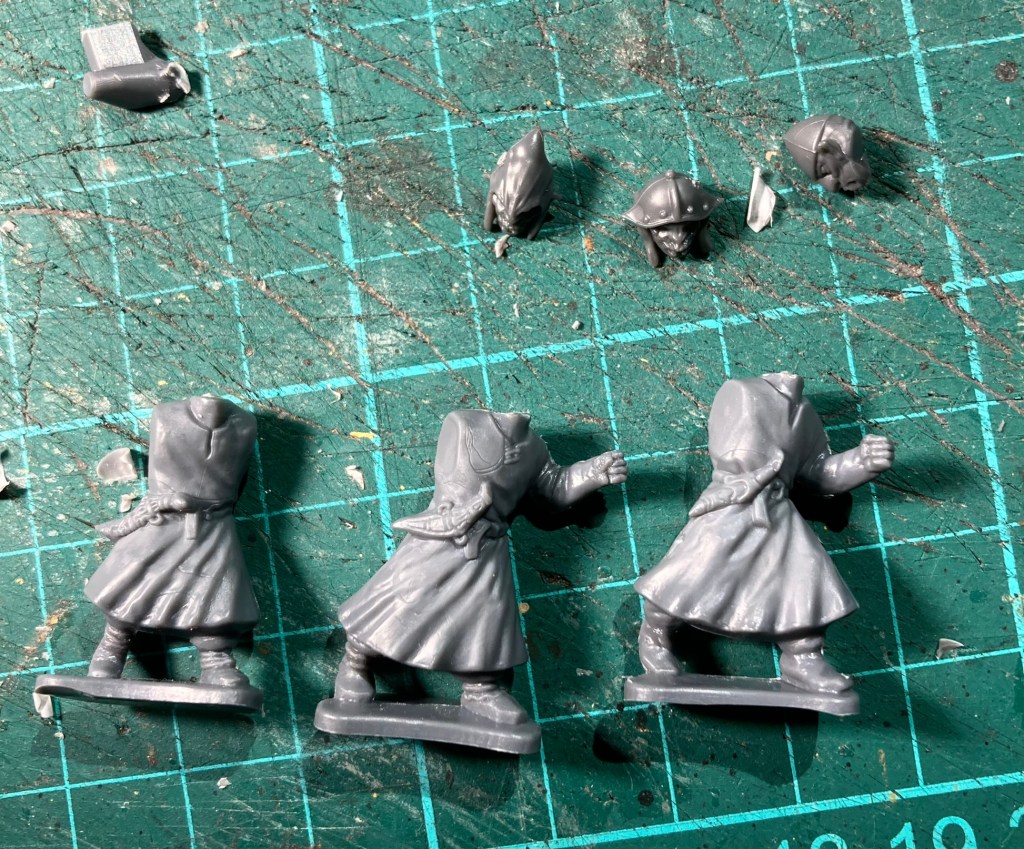
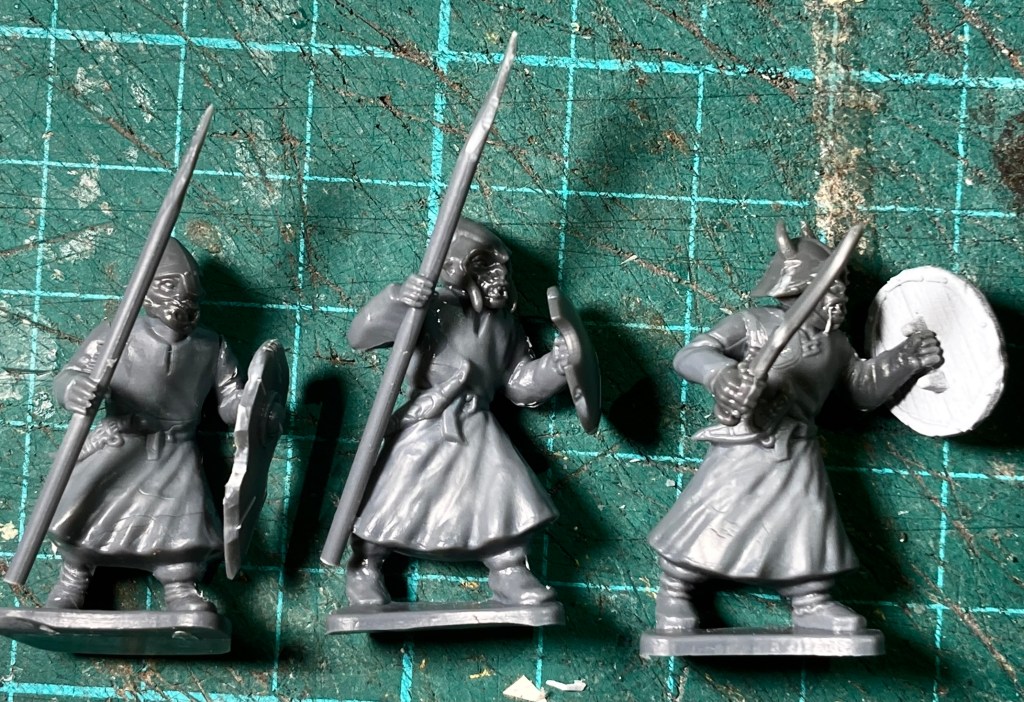
I followed my usual principle of choose a pair of weapon arms, trim them to get the right pose and then fill any gaps with some scraggly clothing created from green stuff. I’m always amazed how well all this stuff blends together with a consistent paint job, although of course it’s always a bit easier doing creatures who may be slightly disproportionate. You have to be a bit more picky with Elves and Men!
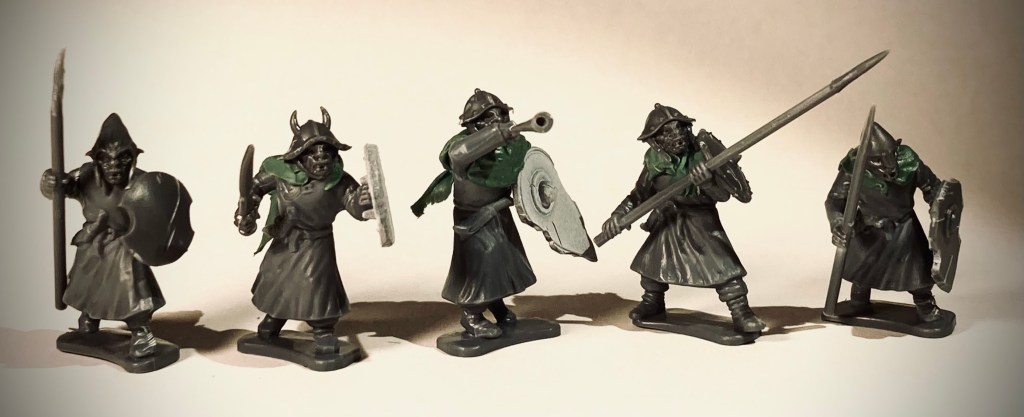
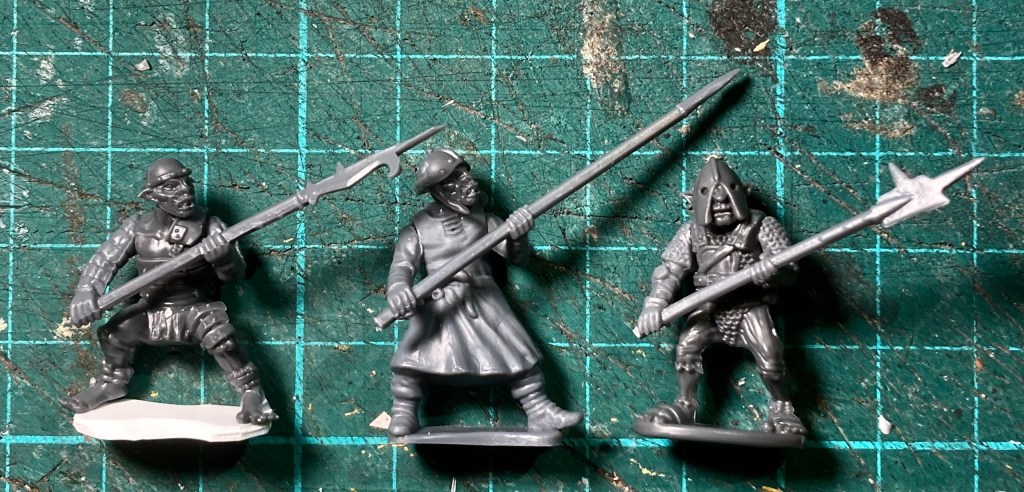
I also pulled out a Gripping Beast Saxon thegn to add to the archer unit. I’ve found the GB models convert nicely to Orcs – perhaps because of their slightly stooped posing. Being garbed in standard Dark Age kit makes them ideal for this kind of thing.
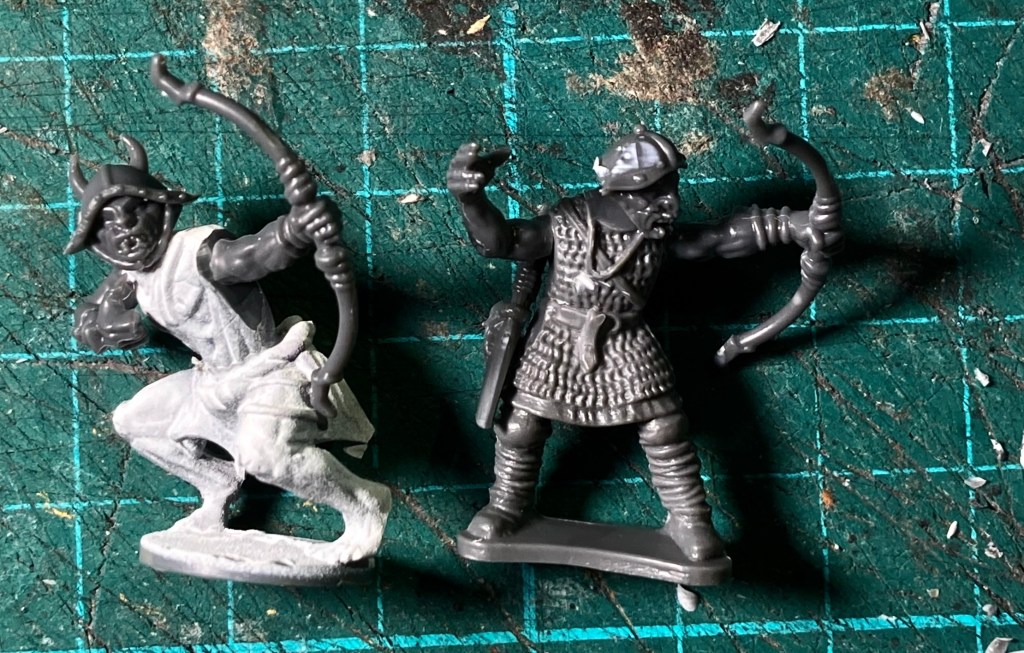
I had a few Mantic Ghoul bodies in my bits box which I discovered made a rather atmospheric hunched archer, reminding me very much of the old Asgard Miniatures range from days gone by.

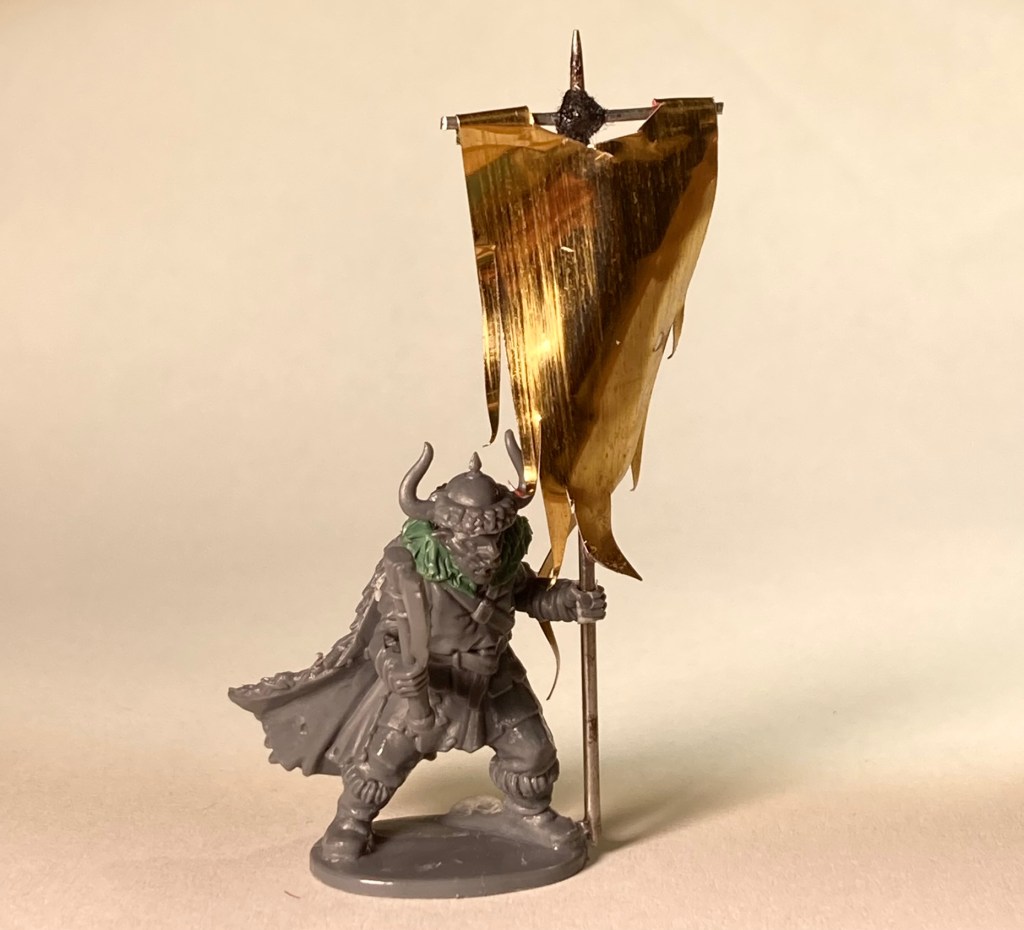
Having got them stuck together (12 warriors and 8 archers for starters), I gave the models a spray undercoat using Halfords Black Primer. I long ago gave up on trying to win painting competitions and now focus on getting an army done quickly with an effective mix of painting techniques and decent basing. For the Orcs in particular, I wanted the mass effect of a horde. The late, great Chris Achilleos’s cover painting for MERP, John Howe’s painting and Ralph Bakshi’s film were all strong influences here, giving me a very monochromatic theme with teeth bared and weapons glinting.
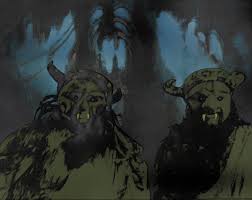
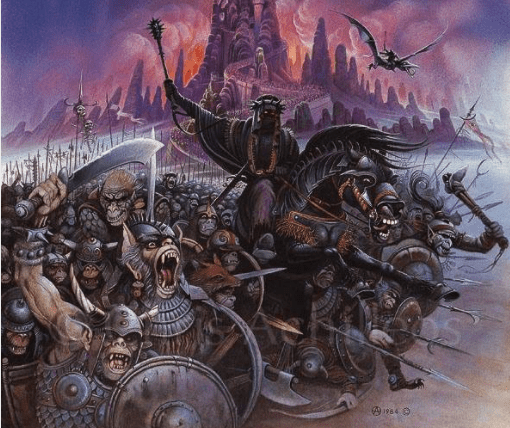

To get this limited palette (and to get the little chaps painted quickly), I gave the black models an all-over dry brush of AP Leather Brown with a large, flat brush.
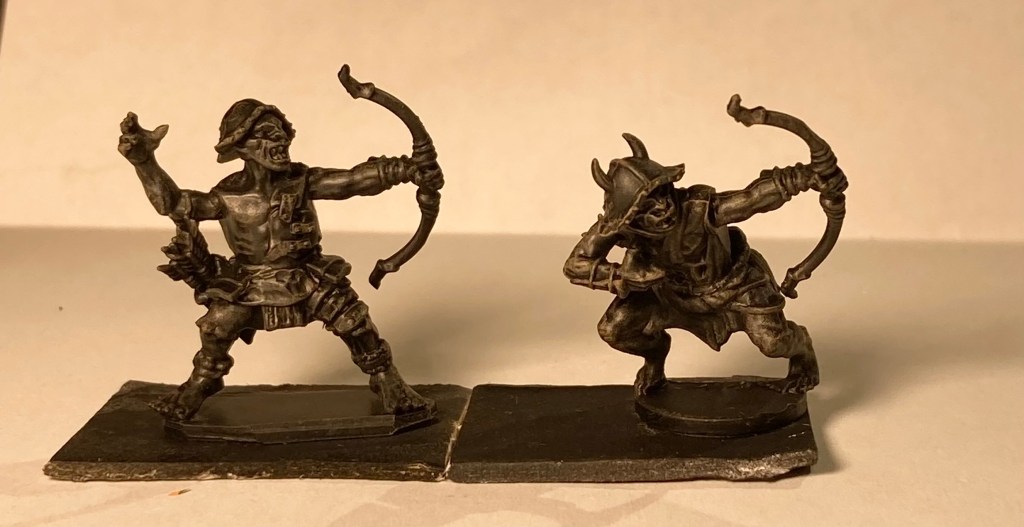
This was followed up with a more targeted dry brush of AP Gunmetal on helmets, armour and weapons, which then received a painted highlight of a streak of AP Shining Silver on any raised edges. I was initially worried that this would look too bright, but a thin line really emphasizes the weaponry and helmets of the Orcs.
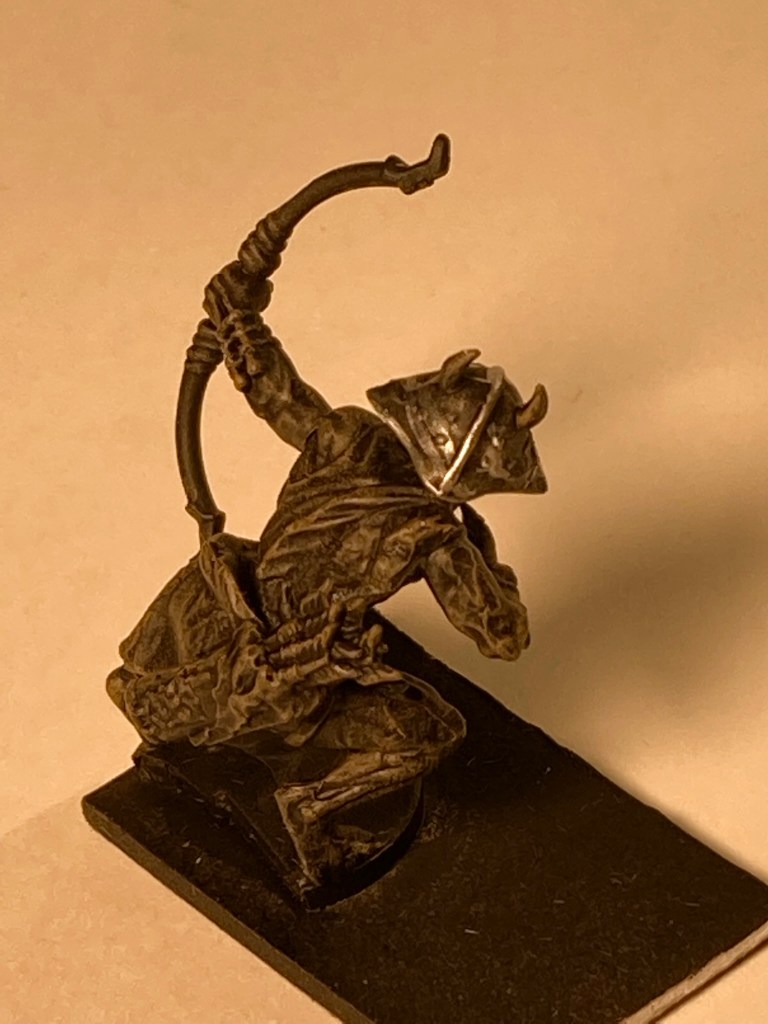
With this done, I then started on the skin tones. My basic principle on these is to use a base layer and a highlight in a variety of dull tones. There’s several Foundry triads that I use, although I generally just use two of the three colours (often A and C to get maximum contrast). Dark African Flesh (better on Orcs than Africans, I feel), British Denison Brown and Dusky Flesh all feature here, but I’ve used all kinds of khaki and dull browns in the past.
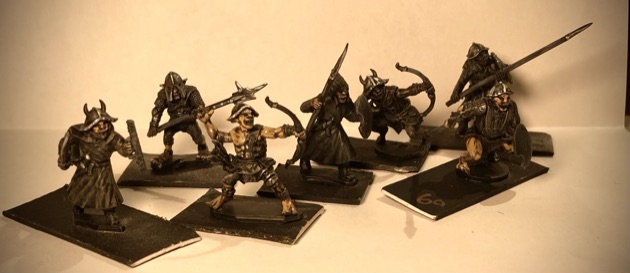
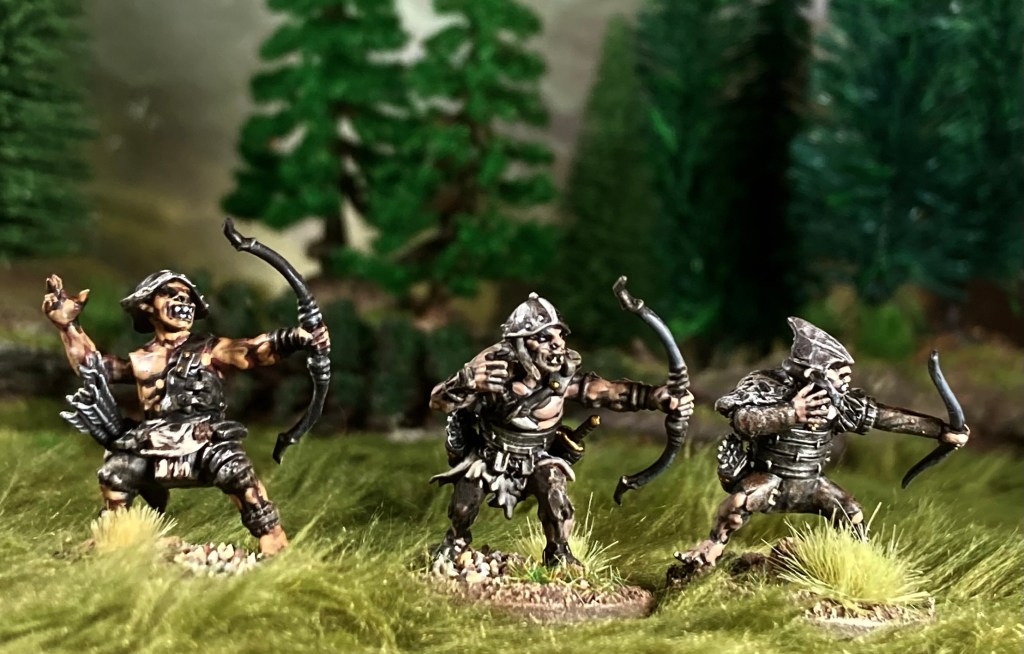
As previously mentioned, I wanted teeth and tusks to be a salient feature. Although I hadn’t gone into any great detail on the faces, I re-undercoated the teeth in black and gave them a single dab of white. This really makes them stand out (and hides the speed of the bulk of the paintwork!)

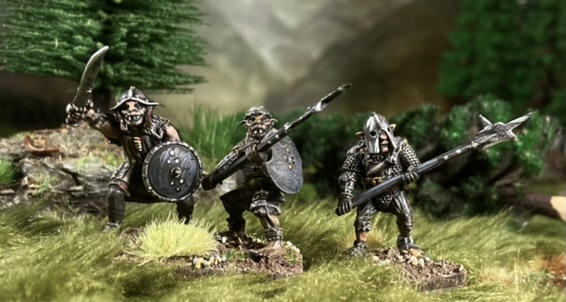
Weapons and shields were also repainted in black before receiving a single highlight of Foundry Charcoal Black. This was a stylistic choice that I’d made when starting on the army. Although I could have left them in their original black with a brown dry brush, painting them this way creates a clear distinction for the woodwork. Shields are further detailed with some black dots which then have a dot of silver in the centre to represent studs (this is an old trick I picked up many years ago from Colin and Duncan Patten on the earliest Gripping Beast Saxons – it’s a great way to add interest to flat shields).
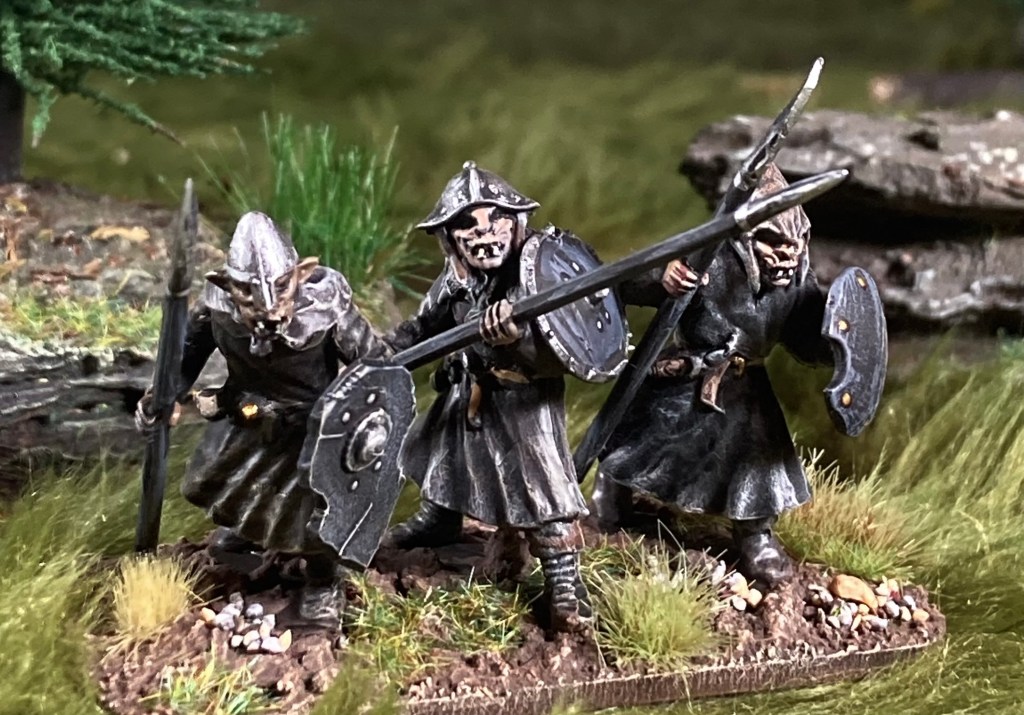
The clothing is patched together using additional layers of whatever muted colours I can get my hands on – any old browns or greys can get used here, often dry brushed on. The Orcs finish off with a light dry brush of my favourite paint – Vallejo Iraqi Sand – to lift and define surfaces and edges of clothing and shields.
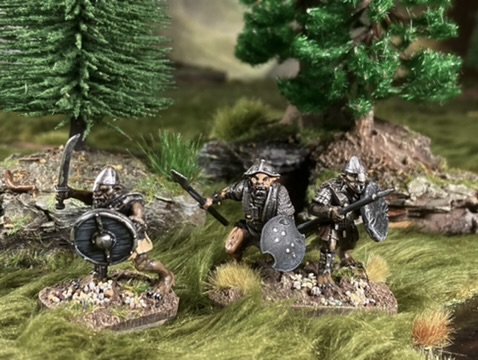
I reckon each Orc takes around 10-15 minutes when painted in this way. It’s been an interesting experiment to drop my standards to create a much better mass effect than I used to do and it means that I can knock out units at appreciable speed.
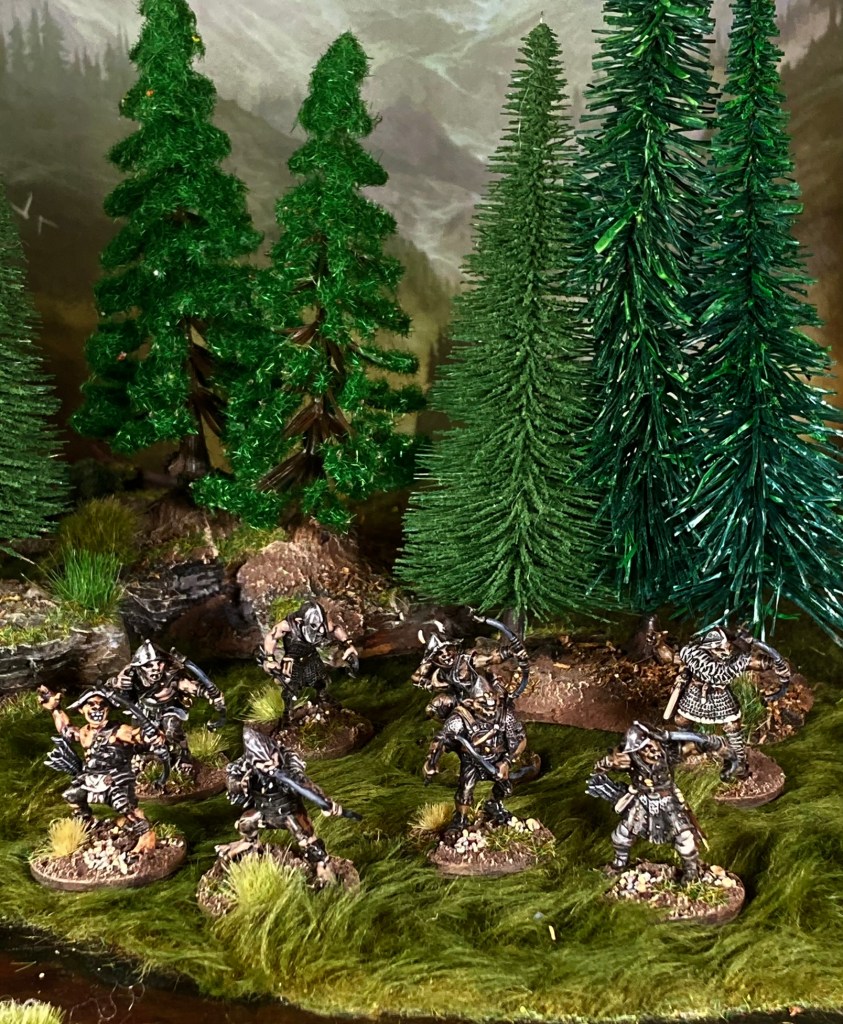
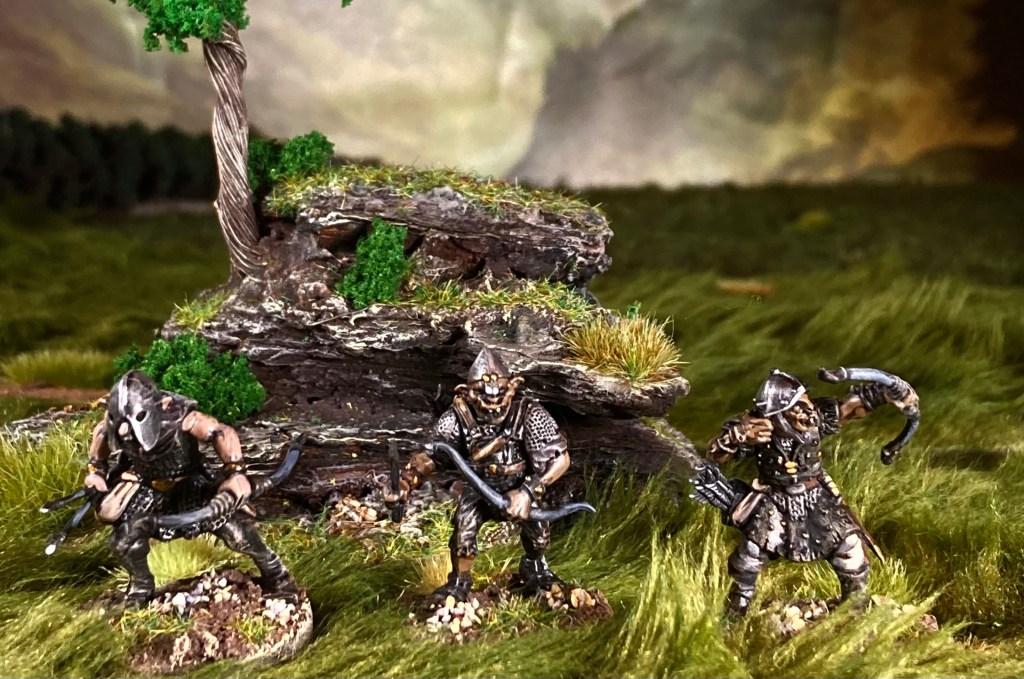
It’s great to be spoiled for choice for plastic kits and even more fun to be able to mix and match. And there’s more on the horizon…Oathmark Orcs are coming up soon!
They are superb. The options on the WA Goblins give virtually limitless possibilities for conversions.
LikeLiked by 1 person
Many thanks! I love them.
LikeLiked by 1 person
Brilliant work and I quite agree with your observations. Your kitbashing is particularly impressive!
LikeLike
Thanks, Rick. I don’t think it’s very complex but I love sticking different bits together to make something new.
LikeLiked by 1 person
Oooo very nice!
LikeLiked by 1 person
Cheers. The answer is of course yes.
LikeLiked by 1 person
Exellent work! wery Good blogpost!
LikeLiked by 1 person
Thank you! Glad it was of interest.
LikeLiked by 1 person
Very cool conversions, your influances are the same as mine. I am going to do my own bakshi orcs using GW night goblins as the base.
LikeLiked by 1 person
Thank you! I presume that you’re Otty Otty on FB? Love your conversions too, we are truly in a golden age of plastics. Would love to see your Bakshi orcs when you get there.
LikeLiked by 1 person
Fantastic blog! Well written piece as always and a great subject, can there be a more universal warrior than the lowly orc? Your thoughts on kitbashing are very similar to my own! I ahve a pile of the little fellas now just waiting to get bashed!
LikeLiked by 1 person
Cheers Mike! Now you just need to leave that WOTR project for a few mins to get 100 Orcs done…
LikeLiked by 1 person